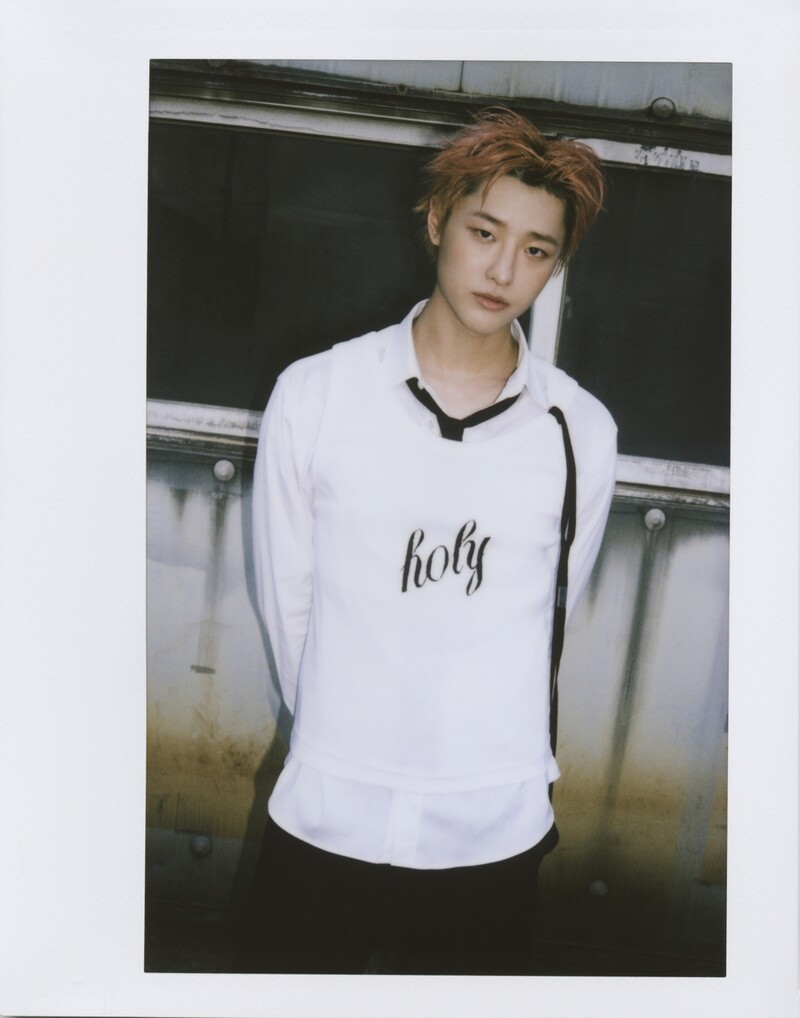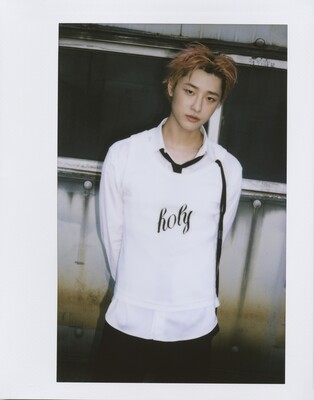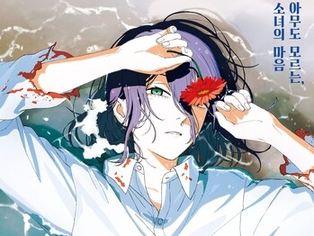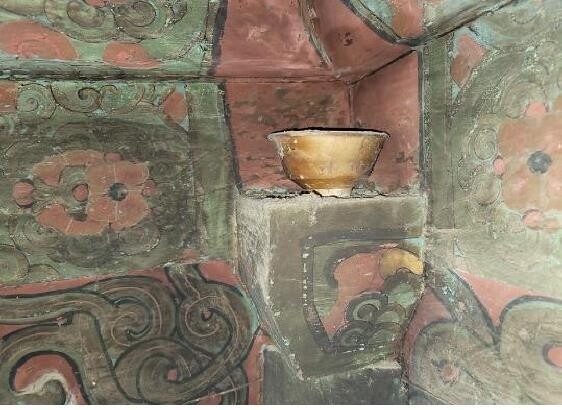 |
| ▲ This photo, provided by Todongsa Museum, shows the Joseon Dynasty waterbowl for paint found in Daegwangmyeongjeon Hall of Tongdosa Temple. (PHOTO NOT FOR SALE) (Yonhap) |
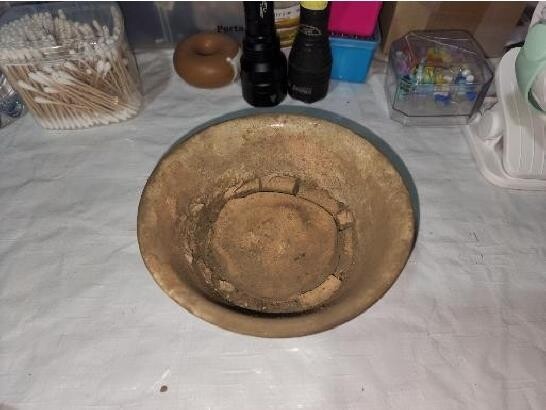 |
| ▲ This photo, provided by Todongsa Museum, shows the Joseon Dynasty waterbowl for paint found in Daegwangmyeongjeon Hall of Tongdosa Temple. |
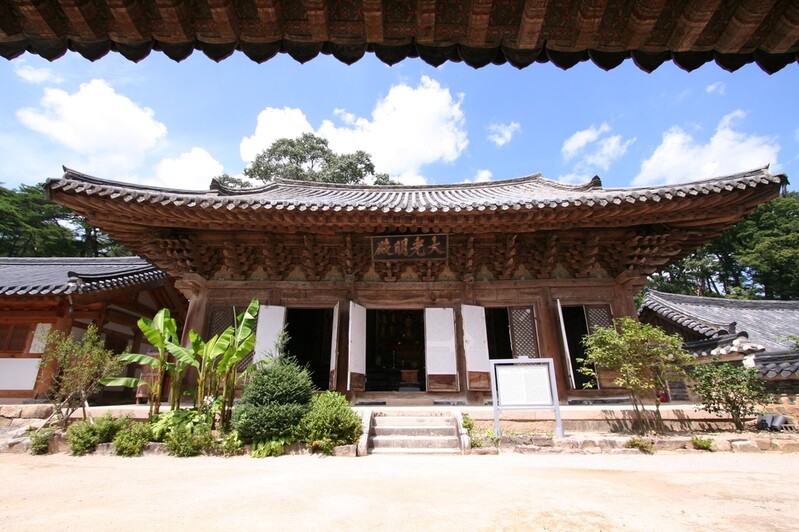 |
| ▲ This photo, provided by the Cultural Heritage Administration, shows the Daegwangmyeongjeon Hall of Tongdosa Temple. (PHOTO NOT FOR SALE) (Yonhap) |
SEOUL, August 9 (Yonhap) -- A water bowl for paint from the Joseon Dynasty has been discovered at Tongdosa Temple, a UNESCO World Heritage Site.
The Todongsa Museum announced on Tuesday that it had found a piece of water bowl from the Joseon dynasty in the Daegwangmyeongjeon Hall of Tongdosa Temple, Yangsan, a treasure and the central building of the temple’s Jungnojeon Area.
Tongdosa discovered this water bowl for paint in July while conducting an investigation project to record dancheong refers to traditional coloring on wooden buildings and artifacts in Korea for decoration and style) in Daegwangmyeongjeon.
The Todongsa Museum interpreted that this water bowl for paint was used during the restoration process in 1759, based on the record of TongdosaRyakji, brief History of Tongdosa, where it says that the current Daegwangmyeongjeon Hubultaenghwa (Buddhist painting hanging behind the main Buddha statue in the Dharma Hall), dancheong, and the main Buddha were made in 1759.
It was placed on a pillar at the back of the Daegwangmyeongjeon Hall.
A water bowl for paint was placed on the top of the column on the ceiling, so it was in a place that was not seen from below.
The Todongsa Museum informed that this was the second discovery of water bowl for paint after discovering a bowl for dancheong from the Unified Silla period in Wolji, Gyeongju, in 1974.
With a diameter of 15 cm, a height of 7.5 cm, and a heel diameter of 5.5 cm, this water bowl belongs to the Buncheongware bowl in the late Joseon Dynasty and had a typical shape of a maksabal.
The Todongsa Museum believes that the Dancheong Hwa-seung (a monk who paints the dancheong) placed it on the pillar during the construction of the dancheong in 1759 and forgot it after the construction was completed, judging by the dust accumulated inside the bowl and the state of the pigment that did not dry out.
The Todongsa Museum expected that with the discovery of this water bowl for paint, it would be possible to know directly or indirectly how the pigments and colors used in dancheong at that time were used and created.
Todongsa Museum will be holding a press conference at Tongdosa Temple on the August 9 to explain the significance of the discovery of the water bowl for paint.
(This article is translated from Korean to English by Haemin Kim.)
(END)
(C) Yonhap News Agency. All Rights Reserved


















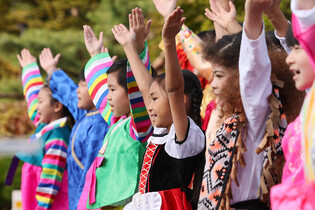





![[가요소식] 보이넥스트도어, 신보로 3연속 밀리언셀러 달성](/news/data/20251025/yna1065624915905018_166_h2.jpg)
